U.S. chain collaborates with FishWise on clutter-free Responsible Choice program
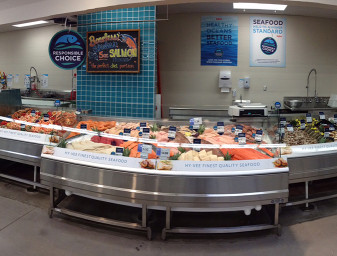
In a supermarket seafood department, presentation matters. A lot. Consumers buy with their eyes, so the assortment of products — including the arrangement by species, by size, by color — is equal parts art and science.
Today, with eco-labels and sustainability messaging as common as crushed ice display bins, the overall picture can get cluttered. And as any seafood merchandiser can attest, confusion steers shoppers to other sections. But at U.S. retailer Hy-Vee, the process is decidedly simple, by design.
Nate Stewart, VP-perishables for the West Des Moines, Iowa-based chain with 240 stores in eight Midwest states, said the company’s objective is to communicate its environmental stewardship in a manner that’s customer-friendly and not “overly technical.” In a way, Hy-Vee has branded its sustainable seafood procurement policy.
“Some retailers have six or seven different qualifications or logos or signs that they’ll put their sustainable seafood under. We have one: Responsible Choice,” Stewart told the Advocate. “There are a lot of factors that go into something being labeled as Responsible Choice, but we felt that to consumers it’s best to wrap it up in one bow, and say, ‘Look, if it says Responsible Choice, you can rest assured it meets our policy that we’ve outlined on our website.’”
Similar to what Whole Foods has done with its own sustainability ratings system, Hy-Vee’s program is customized for its customers. Stewart said the word “responsible” cuts to the point and makes shoppers feel good about what they’re buying.
“Whole Foods is kind of legendary for their sign program. We’ve looked at that, and it’s great,” said Stewart. “I’m just concerned with being concise to the consumer, so they feel more confident and educated. It builds engagement between customers and our employees, and it builds loyalty and we like that aspect of it.”
In order to convey trust and integrity, Hy-Vee seafood departments don’t feature the logos of the Marine Stewardship Council, Best Aquaculture Practices (Hy-Vee requires 2-star BAP product or higher) or any other eco-label for sustainably caught or responsibly farmed seafood products. Also absent is any mention of the Monterey Bay Aquarium’s Seafood Watch program, despite its heavy influence on what items can be labeled as Responsible Choice products.
Any seafood product that is rated at least a yellow, or good alternative, according to Seafood Watch standards (or certified to an environmental standard benchmarked to a minimum yellow equivalency) is eligible to carry the Responsible Choice designation. Products from improvement projects are not eligible. “Our goal is that hopefully everyone meets our policy at some point,” said Stewart.
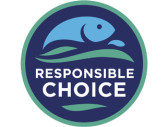
“We don’t want to try to explain [all the eco-labels] in-store, to someone who doesn’t live that life. It creates more questions than answers,” he added. “I think that consumers are more educated than ever, but you can get a room full of people who do this for a living and it gets confusing even for us. There’s so much out there, so many certifications — it’s easier to simply say why you do something as opposed to why you don’t do something.”
Hy-Vee has relied on FishWise, a California-based consulting firm, to develop its procurement policy and messaging strategy. Meghan Frolli, retail division director for FishWise, explained that Responsible Choice, unveiled in Hy-Vee stores in February 2014, comprises point-of-sales materials, signage and informational flipcards for staff to refer to when working behind the counter. FishWise staff also contributes regularly to Hy-Vee’s “Seafoodies” blogs where environmental responsibility updates mingle with recipes.
“I am very impressed with how [Hy-Vee] integrated their seafood goals into the company’s identity over the course of the partnership so far,” Frolli said. “When we started working with them in 2011, there was general agreement within the company that environmental sustainability is important to their business, but there was a lack of clarity and direction. As they became experts on sustainable seafood their passion grew to be part of their company culture.”
I think that consumers are more educated than ever, but you can get a room full of people who do this for a living and it gets confusing even for us. There’s so much out there, so many certifications — it’s easier to simply say why you do something as opposed to why you don’t do something.
“Retailers can be funny,” Stewart added. “We have a tendency to worry about unintended consequences of every decision we make. FishWise understands that the end of the whole process is at the retailer, and what’s good for us is good for everybody. They have a unique way of getting all of us to settle down and talk. They understand the economics as well as the science of it. We want it to be good for everybody.”
When the sustainability work first began, Stewart said they were unsure of how important it would be to the company’s landlocked customers. “We can’t get any further from the ocean where we are,” he said. Without divulging sales figures, Stewart said the Responsible Choice program is the “best thing we’ve ever done for our seafood department.”
“It’s the right thing to do. The more customers feel engaged the more they’ll believe in it,” Stewart said. “And when more people believe in it, we’ll make more of a difference.”
Author
-
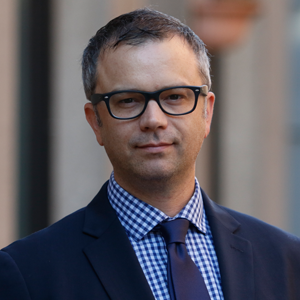
James Wright
Editorial Manager
Global Aquaculture Alliance
Portsmouth, NH, USA[103,114,111,46,101,99,110,97,105,108,108,97,97,103,64,116,104,103,105,114,119,46,115,101,109,97,106]
Related Posts
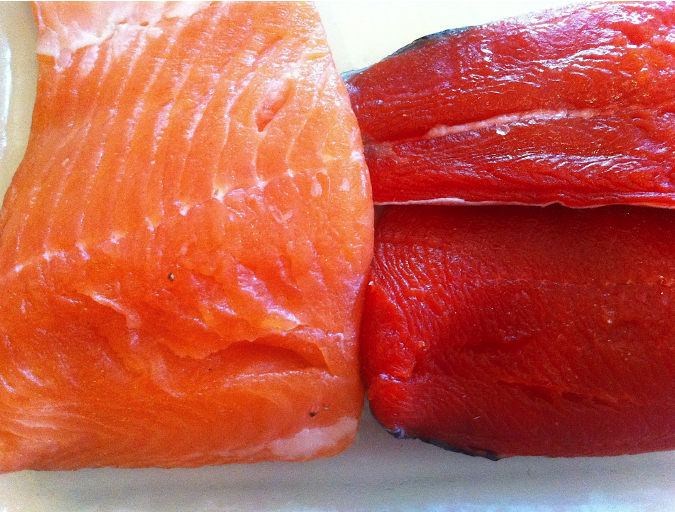
Intelligence
Consumer survey explores farmed, wild seafood perceptions
What do shoppers really think about farmed and wild seafood? Commissioned by The Fishin’ Co. and the Global Aquaculture Alliance, an extensive survey conducted earlier this year sought to determine the key drivers in consumers’ seafood purchasing habits and their perception of aquaculture.
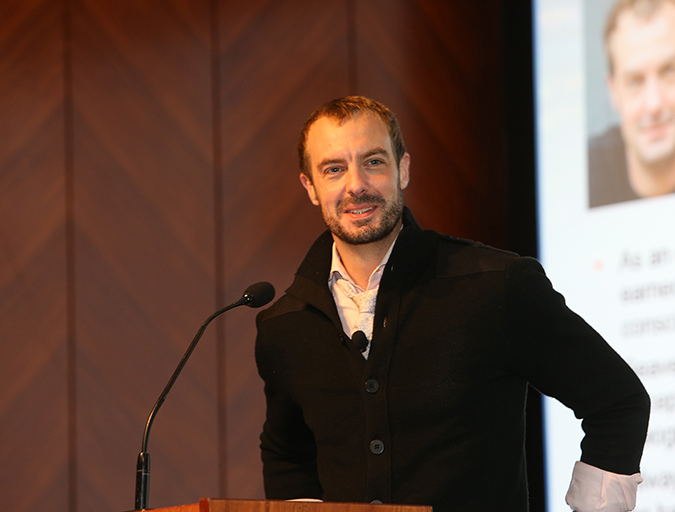
Innovation & Investment
GOAL 2015 Day 2: The story we choose to tell
If Day 1 of GOAL 2015 was all about defense, the following day of the aquaculture industry’s leading global conference was about offense — exuding confidence that farming fish is the way to feed future generations, and determining how to tell the world its story.
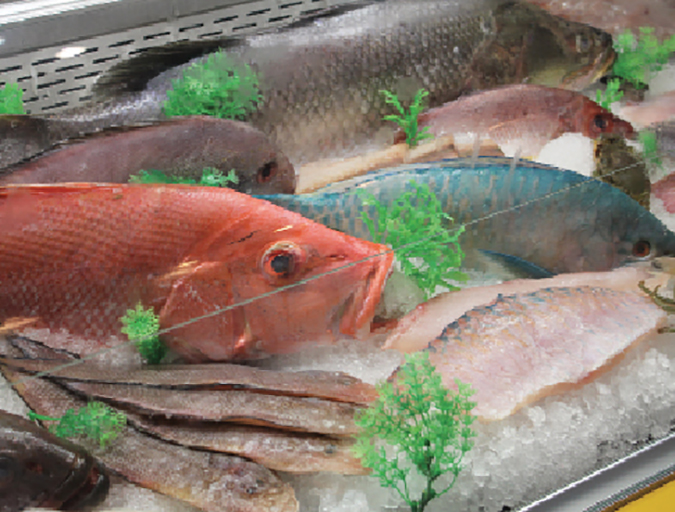
Intelligence
Food is abundant, yet people are starving
While significant numbers of people are undernourished, an increasing number of people are overweight. The divide between recommendations and results is marked, so we must learn more about food production and change our behaviors.
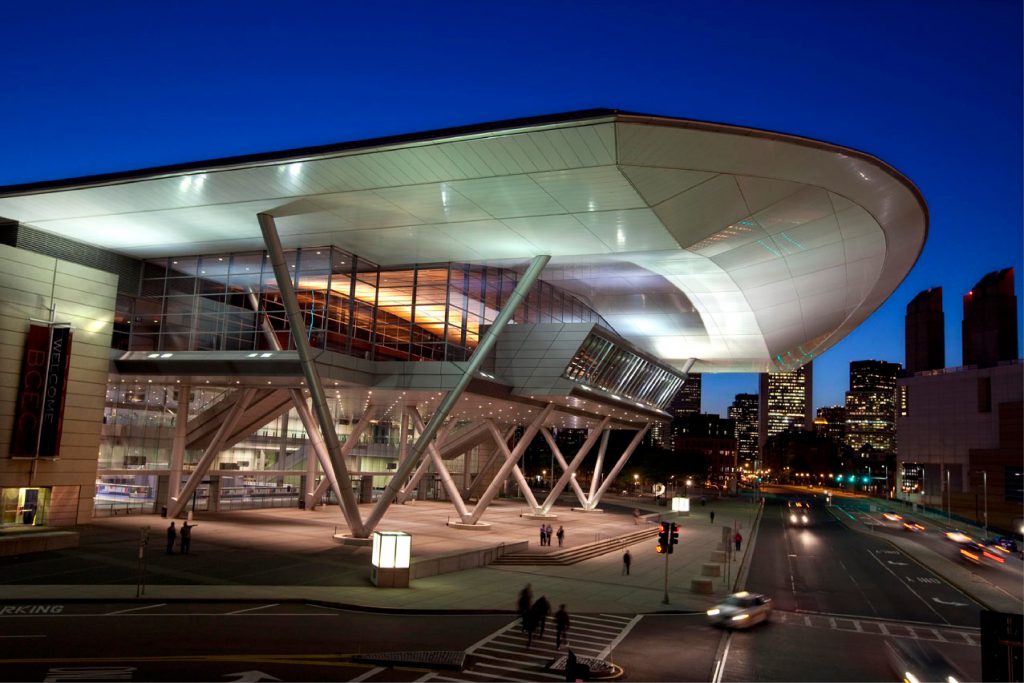
Intelligence
Bloggin’ up to Boston: Quick hits from Seafood Expo North America
News and notes from Seafood Expo North America in Boston, Mass., USA, 19-21 March, 2017. Posts by James Wright, Editorial Manager of the Global Aquaculture Alliance.

